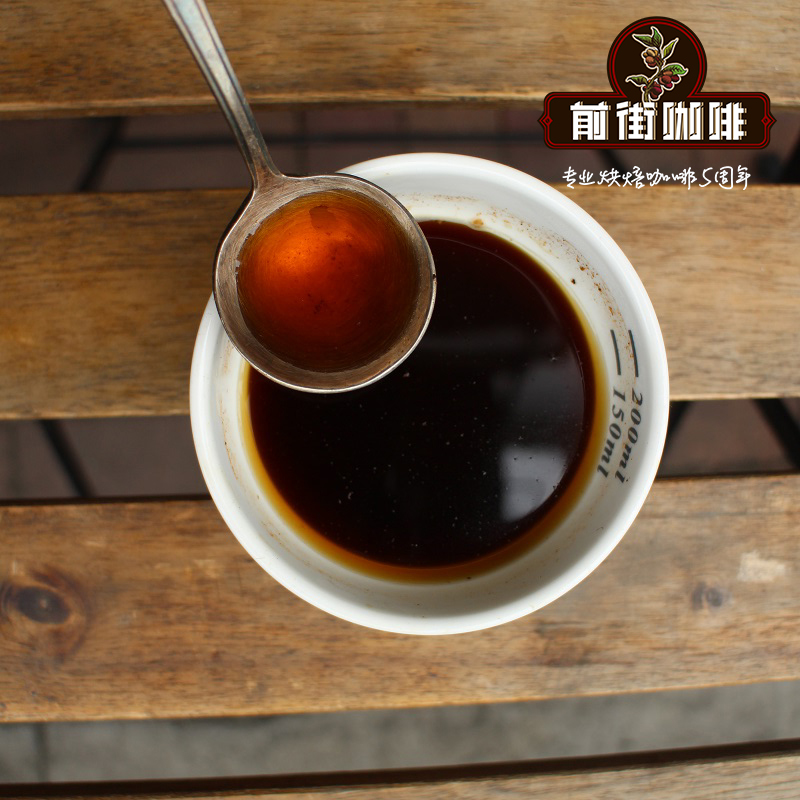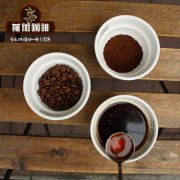Colombia Na Linglong production area Colombia Na Linglong flavor Colombia Na Linglong how to drink?

Professional coffee knowledge exchange More coffee bean information Please pay attention to coffee workshop (Weixin Official Accounts cafe_style)
Colombia Narino Province is located in the southwest of the country, west of the Pacific Ocean, south of Ecuador (Ecuador), the Andes mountains across the province, coffee cultivation in the 1600--2300 high altitude cloud belt, soil is fertile volcanic geology, beans small but full, green color. Most of the annual production of Nalinglong is acquired by large American soybean merchants and is very popular in the North American market.
Coffee cultivation is an important pillar of the economy of Nalongkorn Province, where traditionally coffee farmers have cultivated less than one hectare. Most of the coffee-growing areas in this province are alpine terrain belonging to the Andes Mountains, remote mountains, steep mountains, and Pacific Ocean breezes. San Juan de Pasto is the capital city. At the same time, Narino Province is also one of the important coffee producing areas in Colombia. Green beans grown near the border of Ecuador, about meters above sea level in the cloud belt, excellent environment, fertile soil, careful and complex harvesting procedures, high quality. This region has a lot of fine coffee beans produced by small farmers in small batches, which are very characteristic of the region.
In recent years, with the emphasis on coffee quality and the requirements for fine coffee in the international market, micro-regional selections provided by coffee farmers in micro-production organizations have been changed.
With dozens of smallholder coffee producers providing their unit harvest for sale in a microbatch, quality control is better and there is a better chance of culling a lot of high-quality smallholder coffee from a specific microregion through lot-by-lot cup testing. Its coffee flavor is more lively, aroma with fresh ripe fruit and caramel aroma, sour and sweet combination of more harmonious balance.
To the west of Colombia proper is the Andes, divided into three parts: the western, central and eastern mountains. The Cauca and Magdalena rivers flow along the Caribbean Sea to the lowland plains. Colombia, currently the third largest coffee producer in the world, uses water to process Arabica beans. It is also one of the largest producers of premium coffee in the world, with traditional deep-roasted coffee having a strong and
Coffee was first introduced to Colombia in 1808 by a priest from the French Antilles via Venezuela. Today, the country is the third largest coffee producer after Brazil and Vietnam, producing 12 million bags of 60 kilograms per bag per year, compared with Brazil's 31 million bags per year. The status of coffee in Colombia can be seen in the following example: all vehicles entering the country must be sprayed to prevent inadvertent disease and damage to coffee trees.
The main producing areas are Huila (San Augustin), Nariño, Tolima, Popayan (Cauca), Valle de Cauca, Meta, Antioquia (Medellin), Magdelena (Sierra Nevada), Boyaca, Santander (Bucaramanga), etc. There are approximately 700 million recorded coffee trees in Colombia, 66 per cent of which are grown on modern plantations and the rest on small, traditionally managed farms.
Colombia's main varieties include Cadulla Caturra, Colombia, Tibica Tipica, Bourbon, Elephant Bean Maragogype, and Tabi, operated by more than half a million farmers, large and small, in 590 municipalities and 14 major coffee-producing areas throughout the country. A total of 2 million Colombia citizens depend on coffee cultivation for their livelihood and contribute 12.5 per cent to gross domestic production. Premium Colombia coffee beans are grown in the Andes Mountains at an altitude of m, between banana trees and rubber trees, which provide shade for coffee trees.
Coffee farmers in Colombia can sell all their produce to the coffee management association at the official low price or to exporters, who may offer higher prices. In effect, the Coffee Management Association controls exports to Europe as a whole, while exports to the United States are mainly made through private exporters, however, all exports are subject to minimum export prices.
Front Street Suggestion Colombia Na Linglong Brewing Suggestion:
V60/1:15/90℃/time 2 minutes
Qianjie Coffee: Guangzhou's baking shop, small store but a variety of beans, can find a variety of famous beans, but also provide online store services. https://shop104210103.taobao.com
Important Notice :
前街咖啡 FrontStreet Coffee has moved to new addredd:
FrontStreet Coffee Address: 315,Donghua East Road,GuangZhou
Tel:020 38364473
- Prev

How do you drink Columbia Linglong? How does Columbia taste exquisite?
Professional coffee knowledge exchange more coffee bean information please follow the coffee workshop (Wechat official account cafe_style) Colombia is currently the world's third largest coffee producer, after Brazil and Vietnam, the first to grow commercial beans in the 1830s, to the 20th century coffee accounted for the largest export crops, mountain topography coupled with a variety of tropical microclimate, providing an ideal planting
- Next

Columbia Na Linglong flavors Columbia Linglong Coffee characteristics Nana Linglong Coffee
Professional coffee knowledge exchange more coffee bean information please follow the coffee workshop (Wechat official account cafe_style) Columbia Coffee has long been separated from the impression of shoddy coffee and base coffee, in recent years through competitions to let people know more about Colombian coffee, smaller and more round beans are the mainstream of Colombian coffee, such as Na (
Related
- Detailed explanation of Jadeite planting Land in Panamanian Jadeite Manor introduction to the grading system of Jadeite competitive bidding, Red bid, Green bid and Rose Summer
- Story of Coffee planting in Brenka region of Costa Rica Stonehenge Manor anaerobic heavy honey treatment of flavor mouth
- What's on the barrel of Blue Mountain Coffee beans?
- Can American coffee also pull flowers? How to use hot American style to pull out a good-looking pattern?
- Can you make a cold extract with coffee beans? What is the right proportion for cold-extracted coffee formula?
- Indonesian PWN Gold Mandrine Coffee Origin Features Flavor How to Chong? Mandolin coffee is American.
- A brief introduction to the flavor characteristics of Brazilian yellow bourbon coffee beans
- What is the effect of different water quality on the flavor of cold-extracted coffee? What kind of water is best for brewing coffee?
- Why do you think of Rose Summer whenever you mention Panamanian coffee?
- Introduction to the characteristics of authentic blue mountain coffee bean producing areas? What is the CIB Coffee Authority in Jamaica?

